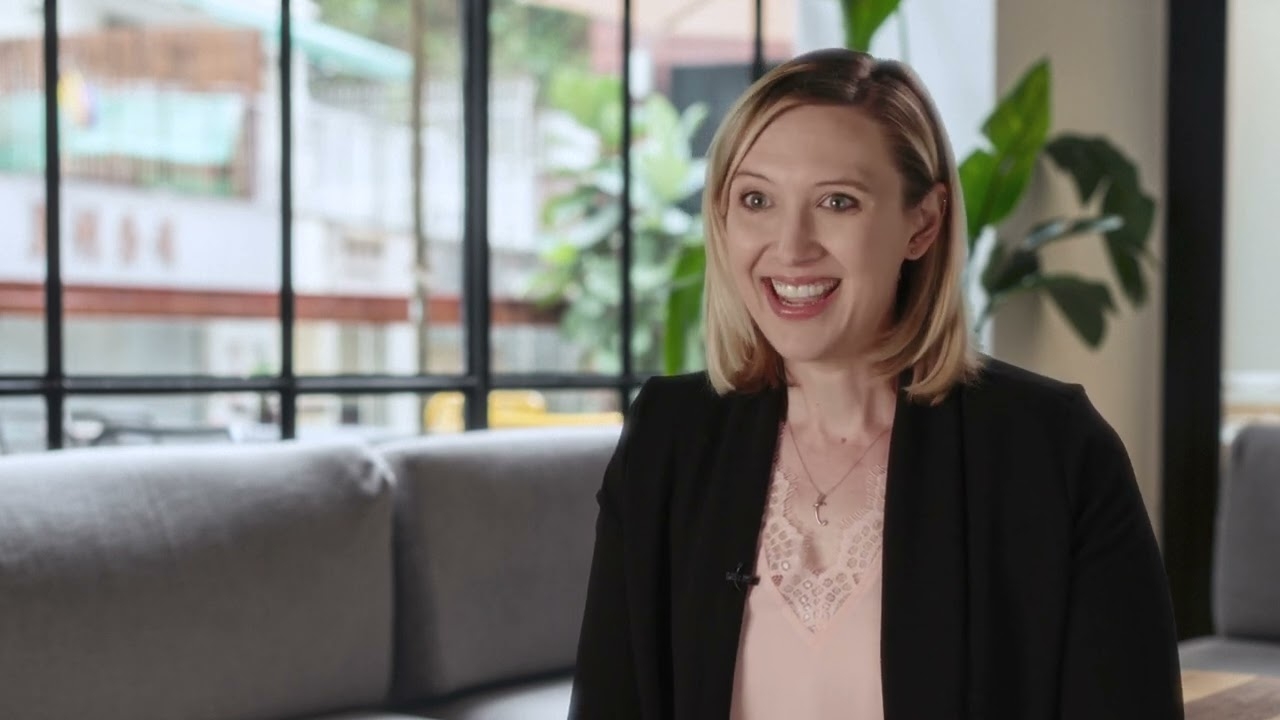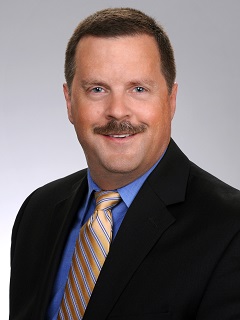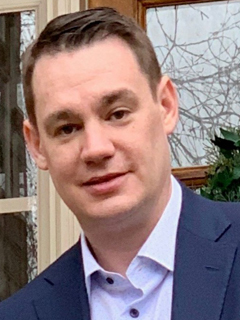How transformation can go this smoothly in a company this big
See the opportunities
Company-wide opportunities
- Replace aging, on-premises applications, data stores, and point-to-point integrations that differed across divisions and functions
- Reduce manual, disparate processes, freeing up more resources for insights and analytics
- Enable enhanced management/financial reporting and make it more widely available across the enterprise
- Act with greater speed and agility to capture value in operations and acquisition integrations
Finance opportunities
- Redesign the chart of accounts to drive more valuable insights in a rapidly growing omnichannel business
- Process more than 60 million transactions per month with greater accuracy and efficiency
- Optimize reconciliations and transaction matching, freeing up valuable capacity for resolving anomalies
- Enable new finance and accounting analytics and insights across the business
- Migrate towards a continuous close
- Control rising finance function costs while deriving greater value and support for the organization
HR Opportunities
- Improve technical capabilities to keep pace with increased hiring needs
- Reduce dependence on IT and tech resources for supporting and enabling continuous compliance with more than 800 collective bargaining agreements
- Unify and automate workforce administration processes across the enterprise
- Eliminate the need for employees to learn new systems and interfaces as they move from recruitment to training to managing benefits
- Improve HCM’s ability to govern and make system improvements
Reduce HCM tasks at store level by allowing employees to easily manage their own benefits via a mobile app.








